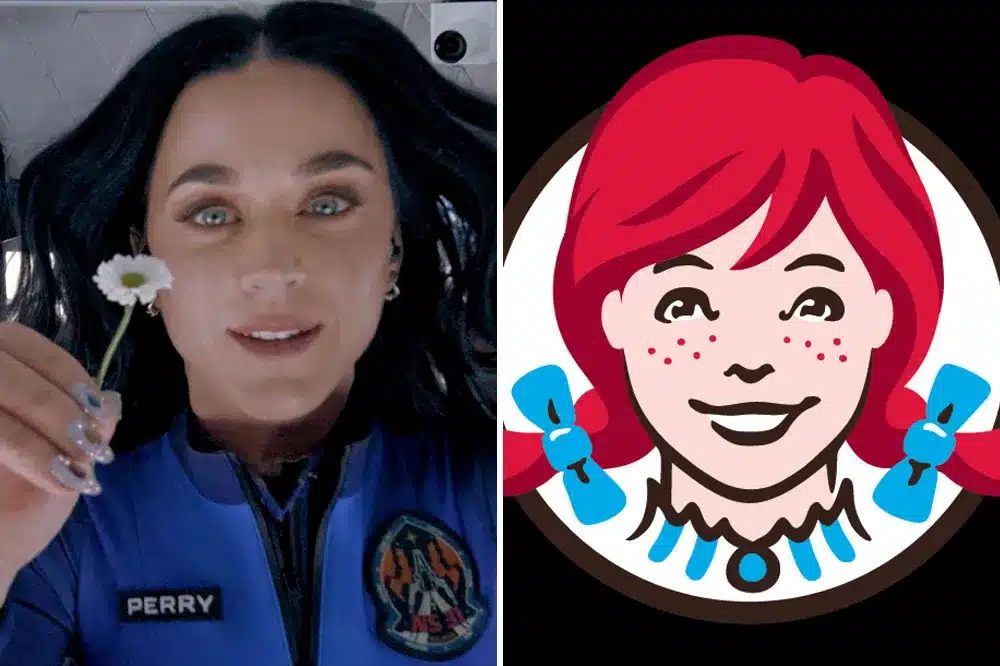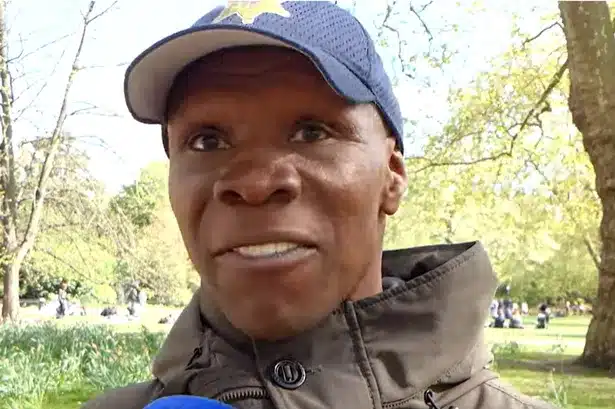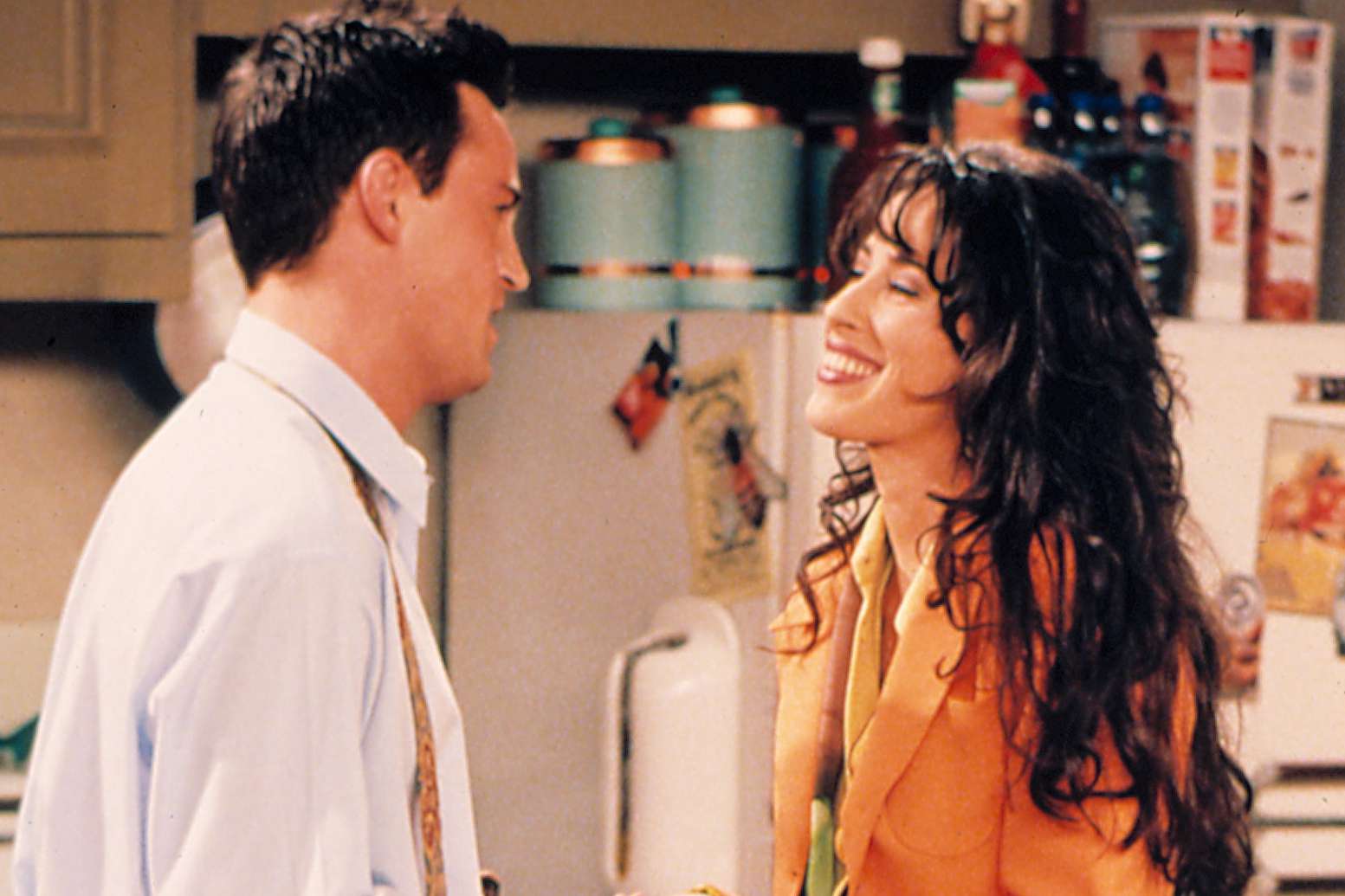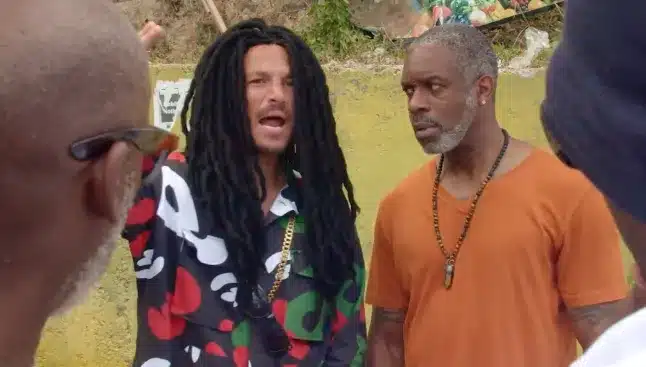I came across some interesting pictures of WWI warships and though they would be a great way for you folks to waste a few minutes. I’m a big fan of cubist art so when I saw these they really stood out for me. Their unique patterns were developed by Brit Norman Wilkinson around the end of the great war and were used for a couple of decades afterwards.
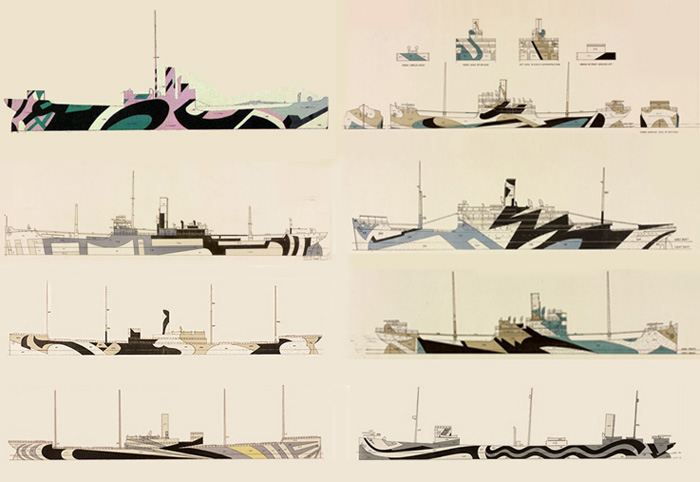
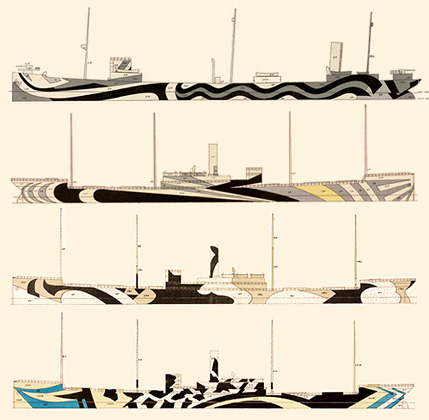
The patterns weren’t intended to hide ships, but instead to confuse enemy sailors of the ships’ exact locations. By distorting the ships with geometric figures, their exact distance and speed would be harder to determine even with most navies’ high tech devices: binoculars and compasses. Just looking at these ships can make you dizzy, I can just imagine seeing them floating along the reflective ocean.
☛ Read Next: Top 8 Least Intimidating Military Outfits
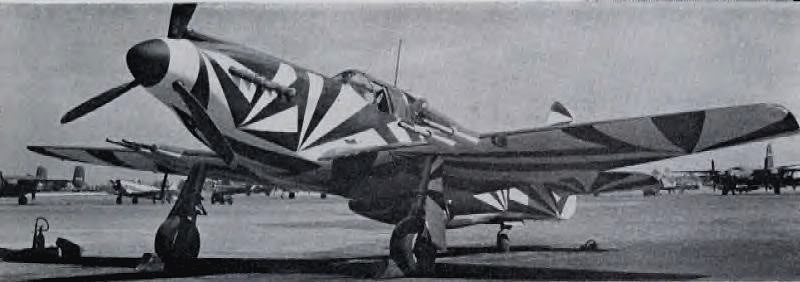

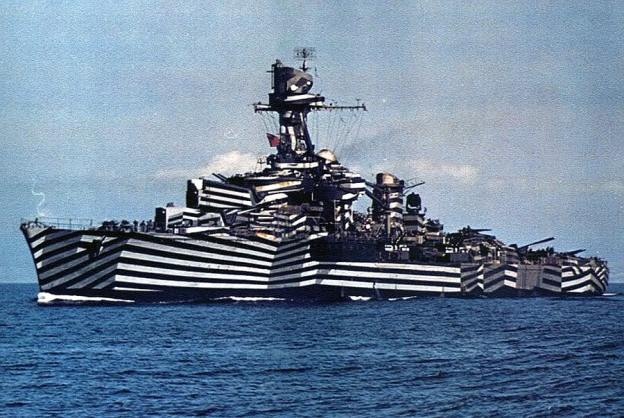
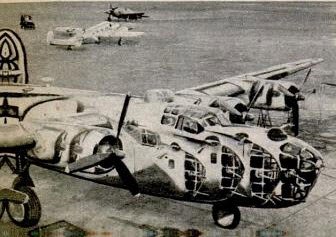
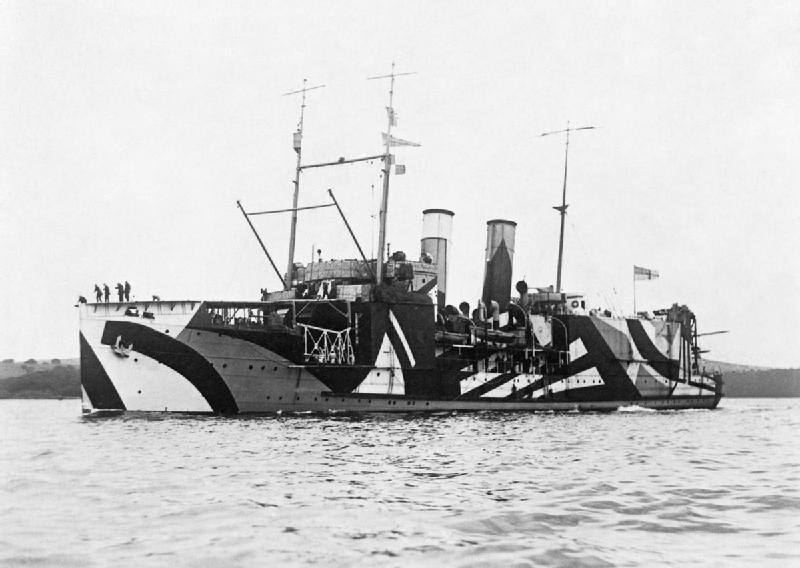
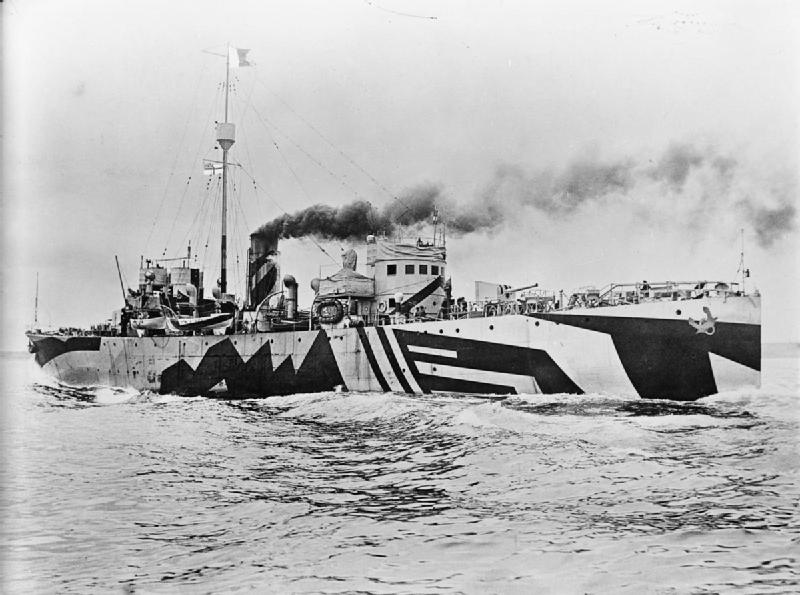

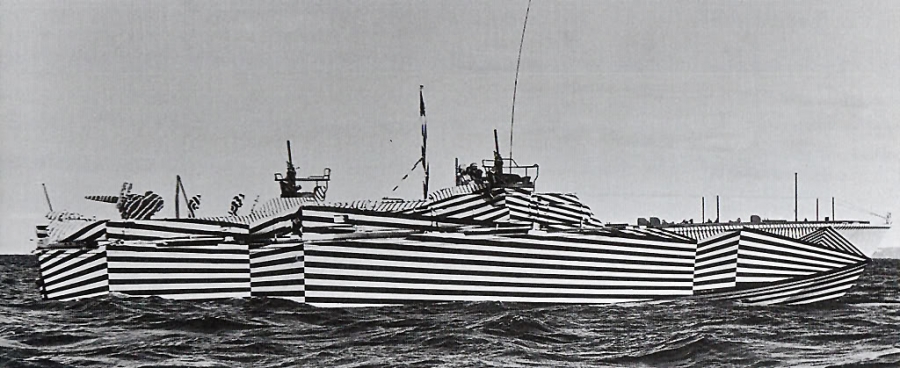
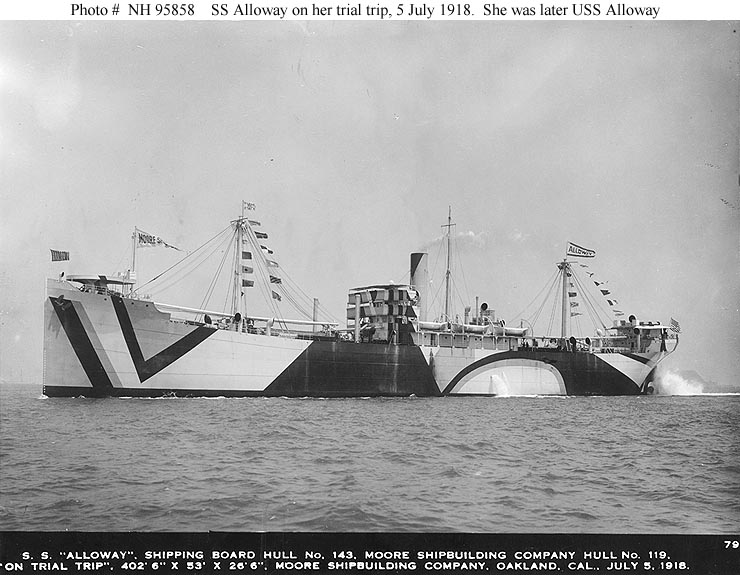
☛ Up Next: Famous Rappers As 17th Century Paintings
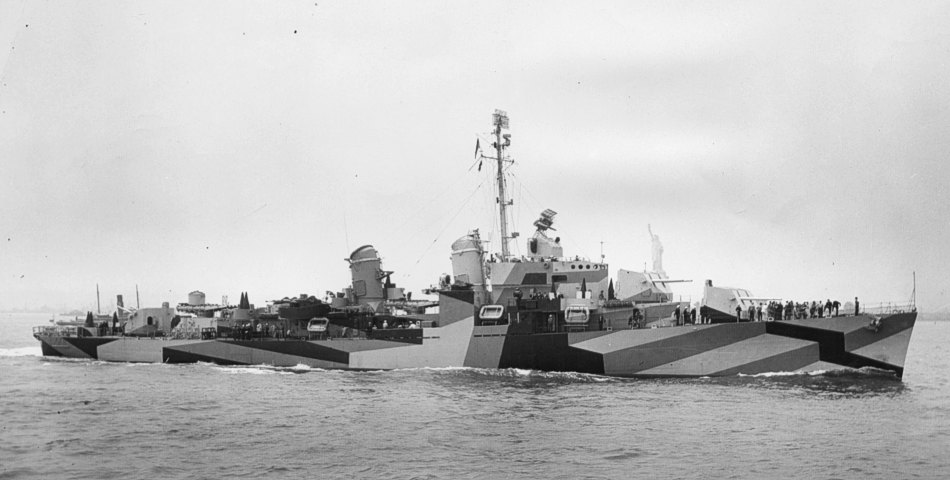
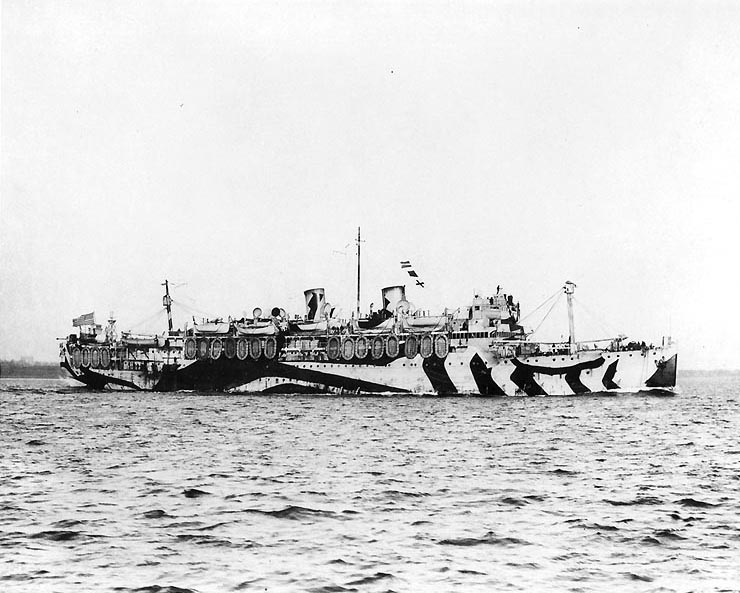
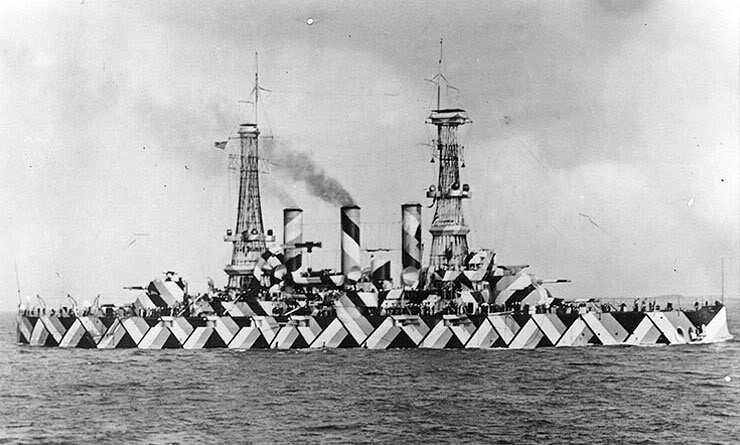
Not only does it look cool but also has a pretty funny name for military camouflage; ‘Dazzle’ was a unique approach to an old challenge. It also inspired another English artist, Edward Wadsworth, leading to a sweet collection of dazzle influenced paintings, which you can check out on the next page…
☛ Up Next: 10 crap Paintings That Are Worth Millions Of Dollars

